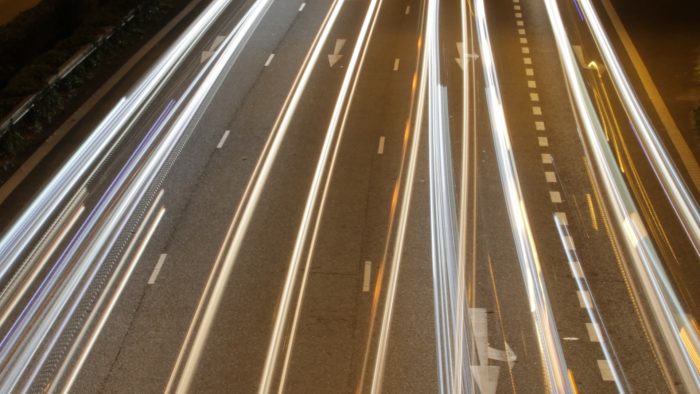A Fresh Start
Following my progress from the previous weeks, I was not exactly satisfied with the outcome of the experimental film(nature) that I had created and that it was different than what I had envisioned, following a few minor problems that come along with it. With that being said, I’ve decided to put the nature theme that I initially picked for this project aside for possible future personal projects instead (when I have more time) and go a completely fresh and new direction. Referring to other ideas in the first post (moodboard), I decided to adapt the use of long exposure photography and incorporate this technique into an experimental film.
I’ve always been intrigued with how light is perceived and how amazing our eyes enables us to see the world with the power of light. I wanted to combine the manipulation of light and time to create something that we don’t get to see with our naked eyes. By doing long exposure photography, I am able to allow the shutter to be open for a specific period of time, capturing any form of light that passes through the frame and therefore ‘lengthening’ the streak of light. A normal photo captures the light at the specific point of time, almost like a freeze frame, but long exposure allows me to capture streaks instead.
For this project, I did a series of long exposure timelapses where I turn the set of photos captured into a moving image. Therefore, the light streaks captured will look like its flowing through the image, giving this sense of movement.
Experimentation
I did some test shots and was quite pleased with the results. The beauty of long exposure photography + timelapse is that there is some calculation involved to get the desired time for each angle. I had to play around with the shutter speed first to see roughly how I wanted to achieve the final outcome of the light streak. After a few tests, the best setting for me now is opening the shutter at 6 seconds for each image and then setting an intervalometer that will automatically take a photo every 3 seconds. This means that I take about 9 seconds total to capture one image. I set my timer to about 20 minutes for each framing that I wanted, which estimates around 133 photos. When I import into adobe premiere pro, I set my sequence to 24fps which means that for each set of photos, I’m able to achieve about 5 seconds worth of moving visuals.
The video below is in the 1920 x 1080 resolution. This is the overall frame of my photo before I actually scaled it to make it look more ambiguous. The reason I took a wide shot instead of a ‘zoom in’ is because it gives me ample room to manually select the specific framing of the 3840 x 480 resolution to be.
The video below is the same video from above but with a resolution of 3840 x 480 pixels. I scaled to make it look more zoomed which allows it to look more ambiguous and more futuristic looking.
Another example of what I have so far.
Challenges
One of the challenges I’ve faced so far for this is finding varying shots for the light streaks. The best so far that fits the current theme are cars. I’m still seeking for more objects or things that emit light and it has to be moving in order for me to manipulate the light using long exposure.
Another challenge is setting up the shot properly and ensuring the camera is untouched for the duration of the shot. I have to ensure the focus is properly adjusted before I start the timelapse. There was once when the focus was off for the entire duration of a 20 min shot, which resulted in loss of time and I had to reshoot the same scene again.
I’ve also had trouble finding a suitable song to fit the fast paced movement of the shots initially. Most of the songs felt a little slow and didn’t fit the futuristic/urban lights feel to the image. However, after scouring for hours on the internet, I managed to find a fitting song for the experimental film that I’m doing from soundcloud.
Test footage
For testing on the wall, I had compiled a few scenes that I’ve captured so far just to have a feel for it and see the quality of the overall project. I guess the good thing about taking photos for timelapses is that there is a lower chance of quality loss.
To progress from here, I will be looking out for more places/things to film and also working on my edit, mainly editing to the beat of the music and hopefully combine it into a whole visual piece.

You must be logged in to post a comment.